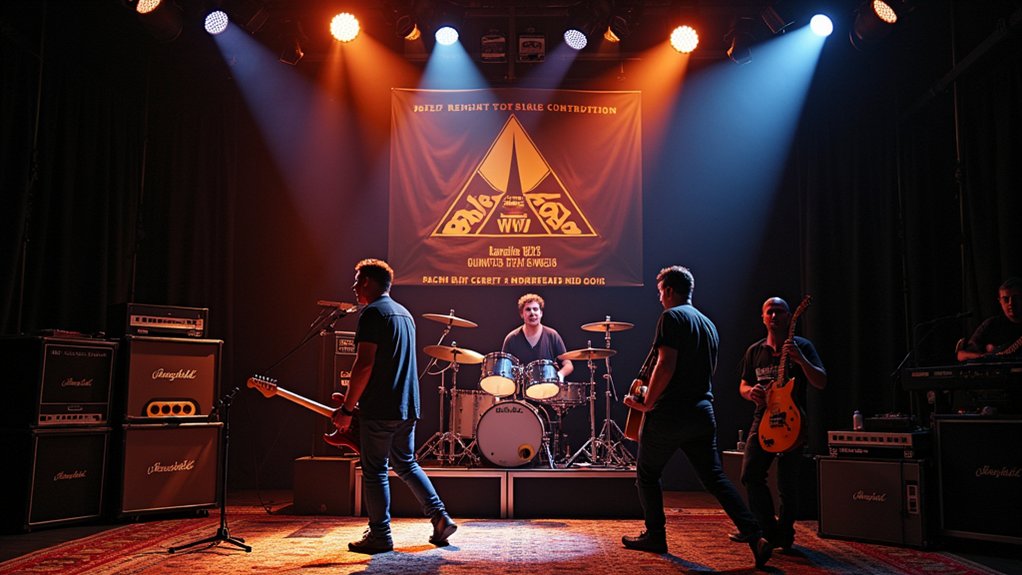Despite widespread rumors that ignited social media outrage in late October 2025, newly appointed Colosseum Archaeological Park director Simone Quilici has firmly denied plans to host electronic dance music parties at the ancient Roman amphitheater.
Quilici, who assumed his role on October 20, clarified that his vision involves “controlled and culturally subdued events” rather than the wild raves depicted in digitally manipulated images circulating online.
Colosseum’s new director envisions subtle cultural programming, contradicting viral images of neon-lit dance parties at the ancient landmark.
The controversy erupted after Quilici’s comments about “rock in moderation” were misinterpreted and amplified across social platforms, where AI-generated images showing laser-lit dance parties inside the 2,000-year-old structure further fueled public concern.
Archaeologists, local Romans, and surprisingly, electronic music enthusiasts themselves voiced immediate opposition to such potential usage of the historical monument.
“The suggestion that we would allow massive EDM events with booming bass that could damage delicate ancient stonework is simply false,” Quilici stated while addressing the backlash.
His actual intention, he emphasized, focuses on hosting performers known for calm music that would attract respectful, controlled audiences in keeping with the dignity of the archaeological treasure.
Preservation concerns stand at the forefront of the debate, with experts highlighting the risk that vibrations from loud music could pose to the structure that continues yielding archaeological discoveries, including a recently reopened emperor’s secret passage.
The protective sentiment expressed by Roman citizens underscores a collective commitment to prioritizing heritage conservation over entertainment opportunities.
Media outlets have since corrected earlier speculative reports, clarifying that the Colosseum’s future events will likely feature small-scale, carefully regulated performances potentially including classical or soft contemporary music genres.
Quilici’s vision attempts to balance respectful heritage preservation with innovative cultural engagement that might attract younger generations to appreciate the historical significance of Rome’s most iconic monument.
The incident demonstrates how rapidly misinformation can spread when social media amplifies out-of-context statements, particularly regarding sites of profound cultural significance.
With the site already experiencing overcrowding issues from nearly 9 million visitors in 2024, any future events would be designed to alleviate congestion rather than exacerbate it.
Instead, the director’s actual plans include acoustic or jazz concerts, poetry readings, and historically authentic gladiatorial reenactments that would respect the venue’s cultural significance.
Musicians interested in performing at such historic venues would need to focus on sound management techniques that ensure their equipment and volume levels remain appropriate for fragile archaeological settings.
Musicians who might eventually perform at the Colosseum could learn from drummers who practice ergonomic setup techniques to minimize structural impact while preserving the venue’s acoustic integrity.




